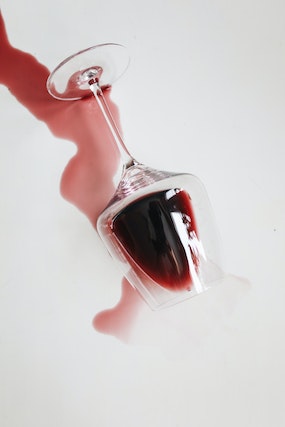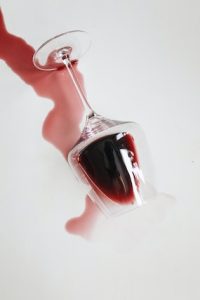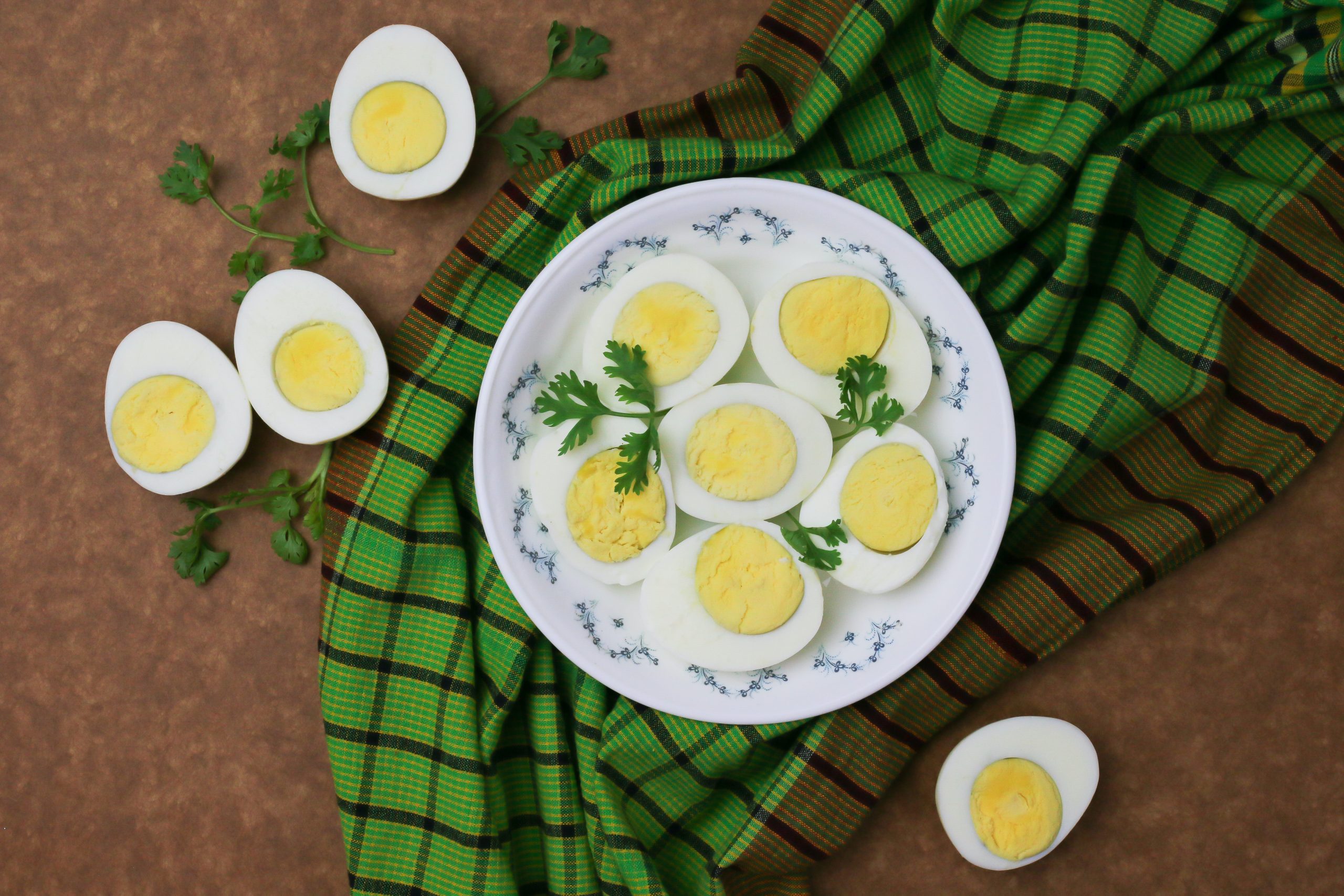Introduction
When it comes to the world of wine, Riesling is a grape variety that commands attention. With its distinctive flavors and remarkable versatility, Riesling wines have gained a devoted following among wine enthusiasts. In this exploration, guided by the wisdom of culinary icon Julia Child, we’ll delve into the different types of Riesling varietals, ranging from dry to semi-dry and sweet. Join us on this journey to uncover what makes Riesling unique and why it’s a favorite among wine connoisseurs.
Julia Child, the renowned culinary expert, has not only left her mark on the world of cuisine but also had a profound appreciation for fine wines. Her insights into the world of Riesling are invaluable as we explore the nuances of this grape variety.
Understanding Riesling Varietals
Riesling is a grape variety that hails from the Rhine region of Germany. Its ability to produce a wide range of wines, from bone-dry to lusciously sweet, is a testament to its adaptability and the influence of terroir.
Dry Riesling: A Crisp Elegance
- Dry Riesling is often celebrated for its crispness and elegance. These wines are characterized by their high acidity, which provides a refreshing and zesty quality. The absence of residual sugar allows the pure expression of the grape’s natural flavors and aromas. Whether it’s a German Trocke
Photo by Engin Akyurt: https://www.pexels.com/photo/two-labeled-bottles-of-wine-beside-a-wine-glass-by-the-pool-3019019/ or an Alsace Riesling, these dry wines are versatile food companions, pairing beautifully with a variety of dishes.
Semi-Dry Riesling: Balancing Act
- Semi-dry Rieslings strike a balance between dry and sweet. These wines have a touch of residual sugar, which softens the acidity and adds a hint of sweetness. This delicate equilibrium makes semi-dry Rieslings exceptionally food friendly. They complement spicy cuisines and offer a pleasant sweetness that appeals to a broader audience.
Sweet Riesling: Nectar of the Gods
- Sweet Rieslings, often referred to as “dessert wines,” are known for their luscious sweetness. These wines can range from moderately sweet to intensely honeyed nectars. The sweetness in these Rieslings is a result of late harvesting, noble rot, or the arresting of fermentation. With flavors of ripe stone fruits, honey, and floral notes, sweet Rieslings are a delightful treat on their own or as an accompaniment to desserts.
What Makes Riesling Unique
Riesling’s uniqueness lies in its ability to reflect its terroir while maintaining its distinct varietal character. Here are some key aspects that set Riesling apart:
Expressive Aromatics:
- Riesling is renowned for its aromatic profile. It often boasts fragrant notes of green apple, white peach, citrus blossoms, and sometimes petrol-like minerality.
Age-Worthy Wines:
- While Rieslings are delightful when young, they also have excellent aging potential. Some aged Rieslings develop complex flavors and a rich, honeyed character.
Versatile Pairing:
- Riesling’s high acidity and diverse range of sweetness levels make it incredibly versatile when it comes to food pairing. From spicy Thai dishes to delicate seafood, there’s a Riesling for every occasion.
Photo by Polina Tankilevitch: https://www.pexels.com/photo/photo-of-wine-glass-with-red-liquid-4110403/
Terroir Influence:
- Riesling’s transparency allows it to showcase the nuances of the vineyard where it’s grown. Soil types, climate, and vineyard practices all leave their mark on the final wine.
Conclusion
In the world of wine, Riesling stands as a true gem, offering a spectrum of flavors and styles to suit every palate. From the crisp elegance of dry Rieslings to the luscious sweetness of dessert wines, the versatility of this grape variety knows no bounds. As Julia Child once said, “Wine is meant to be with food; that’s the point of it.” Riesling, with its ability to complement a wide range of cuisines, exemplifies this philosophy. So, whether you’re a health-conscious individual, a meticulous review consumer, or an enthusiastic wine lover, exploring Riesling varietals is a journey worth embarking on.
Key Takeaways:
| Dry Riesling | Semi-Dry Riesling | Sweet Riesling |
|---|---|---|
| Crisp acidity | Balanced sweetness | Luscious sweetness |
| Pure fruit flavors | Food-friendly | Dessert wine |
| Versatile pairings | Delicate equilibrium | Complex aging potential |
| Reflects terroir | Aromatic profile | Expressive aromatics |
In the table above, we summarize the key characteristics of dry, semi-dry, and sweet Riesling varietals. Use this as a quick reference guide to explore and choose the Riesling that suits your taste preferences.












